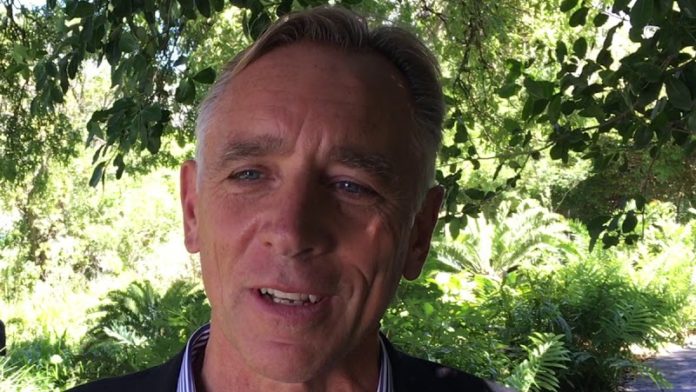
FIRESTONE Diamonds has iced plans to expand the life of its Liqhobong mine in Lesotho owing to market conditions that it said did not currently support the project.
Commenting in its 2019 interim results ended December 31 today, Firestone Diamonds CEO, Paul Bosma, said the firm had until the 2021 financial year to implement the Cut 3 extension project. Thereafter, the waste tons that would have to be mined would only increase the total project cost.
Firestone Diamonds reported an interim loss of $6.6m compared to a $7.8m loss in the corresponding period of the previous financial year, partly owing to poor pricing for lower value diamonds. The company extracted higher tons from Liqhobong and more carats – 465,680 compared to 379,716 carats in 2018 – but prices for its low-end diamonds and a $2.2m impairment ultimately weighed on the bottom line.
Bosma said there was a chance the market for lower value diamonds would begin to improve following a global price slump in the second half of the 2018 calendar year.
“Since then, prices have stabilised at these lower levels and we are looking forward to some improvement once inventory levels in the mid-stream of the diamond market normalise,” he said. Firestone Diamonds realised an average value per carat of $71 compared to $74 in the first half of the 2018 financial year.
Commenting on the viability of the Cut 3 extension, Bosma said results from the project study indicated a life of mine extension of three years and 40% more carats compared to the current eight-year mine plan. “However, at the current average diamond values realised and based on current economic assumptions, the cost of the additional Cut 3 waste tonnes renders the extension uneconomically viable at this stage,” he said.
“The company will however keep under review the option to extend the mine life should economic conditions, particularly the average value per carat and projected price growth assumptions, improve,” he said. “The company retains the ability to revert to the longer term plan until FY2021, after which time a mine life extension would become significantly more costly due to the increased amount of waste tonnes that would need to be mined.”
On the upside, the company is on target to meet production guidance of between 820,000 carats and 870 000 carats notwithstanding three weeks of reduced production throughput as a result of unscheduled repair work in November.
It was, however, behind schedule, on mine development. Bosma said there were plans in place to increase waste mining. “We expect to achieve our guidance range of between 4.3 million tons (Mt) and 4.8Mt by the year-end,” he said.
“Production is on track to meet guidance and we once again did well to manage costs, which are well below full year guidance,” said Bosma in notes to the interim numbers.
“Pleasingly, we sold our most valuable stone to date at the recent sale, a 70 carat makeable recovered in January, and aided by a modest price increase in the smaller fraction we realised our highest average sale price since declaring commercial production in mid-2017 of $90 per carat,” he added.











